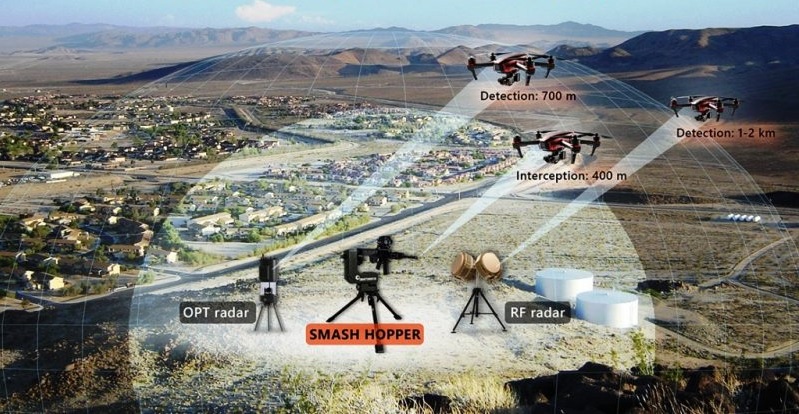Indian Army Receives Full Delivery of 100 Robotic Mules from AeroArc

In a major stride toward enhancing its operational capabilities, the Indian Army has successfully received all 100 Robotic Mules ordered from AeroArc, a cutting-edge robotics company based in New Delhi. This delivery is a significant component of the army's broader efforts to modernize its forces with advanced technology, particularly in challenging operational terrains.
These robotic mules are not just simple transport tools; they represent a highly sophisticated support system for soldiers deployed in some of the most demanding environments. Designed with an all-terrain capability, the robotic mules can traverse rough landscapes, from steep hills and rocky surfaces to dense debris fields, offering invaluable assistance in terrains where traditional vehicles may struggle. They can even climb stairs, which makes them adaptable for urban combat or disaster relief scenarios.
One of the key highlights of AeroArc’s Robotic Mule is its rugged design, which allows it to endure the harshest conditions. With an IP-67 rating, these robots are dust-tight and can withstand water immersion, ensuring they remain functional in extreme weather conditions, from the freezing temperatures of high-altitude regions to the scorching heat of desert landscapes. Their operational temperature range extends from -40°C to +55°C, making them suitable for deployment across India's diverse geographical regions, including the challenging terrains of the Himalayas and the deserts of Rajasthan.
At just 51 kg, the robotic mule is lightweight yet durable, able to carry a maximum payload of 12 kg. It is also designed for efficiency in the field; soldiers can assemble or disassemble the mule in just 15 minutes, allowing for rapid deployment during missions. The mule is powered by a NVIDIA Xavier CPU/GPU, providing it with advanced computational capabilities, making it ideal for both autonomous and semi-autonomous operations.
These robotic mules are equipped with much more than basic transport capabilities. They can be fitted with a range of advanced payloads, including small arms for combat support, electro-optical and thermal imaging sensors for enhanced situational awareness, and even chemical and radioactivity detection systems. This versatility allows the mules to not only carry essential supplies like ammunition and medical kits but also to act as valuable reconnaissance tools in hostile or hard-to-reach areas.
One particularly notable feature is their top speed of 3 meters per second (roughly 10.8 km/h), which ensures that they can keep pace with soldiers on foot, making them highly effective in dynamic, fast-paced operations. The robotic mules also have an impressive standby runtime of 20 hours, meaning they can be operational for extended periods without requiring immediate recharging, an essential feature for prolonged missions in remote areas.
This procurement marks a significant leap in the Indian Army’s technological advancement. The integration of robotic systems like the AeroArc mules helps reduce the physical and cognitive burden on soldiers, allowing them to focus on critical tasks while the mules handle logistics, reconnaissance, or even hazardous material detection.
The Indian Army’s interest in such technologies is part of its broader strategy to stay at the forefront of modern warfare. With initiatives like the Drone-A-Thon 2 competition and the HIMTECH symposium, which focuses on high-altitude technologies, the army is actively exploring and adopting homegrown innovations to meet the evolving demands of warfare. The addition of robotic mules aligns perfectly with this vision, particularly for high-risk, high-altitude operations where logistical support and terrain adaptability are crucial for success.
As India continues to focus on self-reliance in defense, the procurement of these indigenously developed robotic mules demonstrates the country’s growing capability to produce world-class military technologies. The Indian Army's adoption of these robotic systems signifies a future where human soldiers will work alongside robots, enhancing their capabilities and ensuring they have the technological edge needed to face the increasingly complex security challenges of the modern battlefield.



